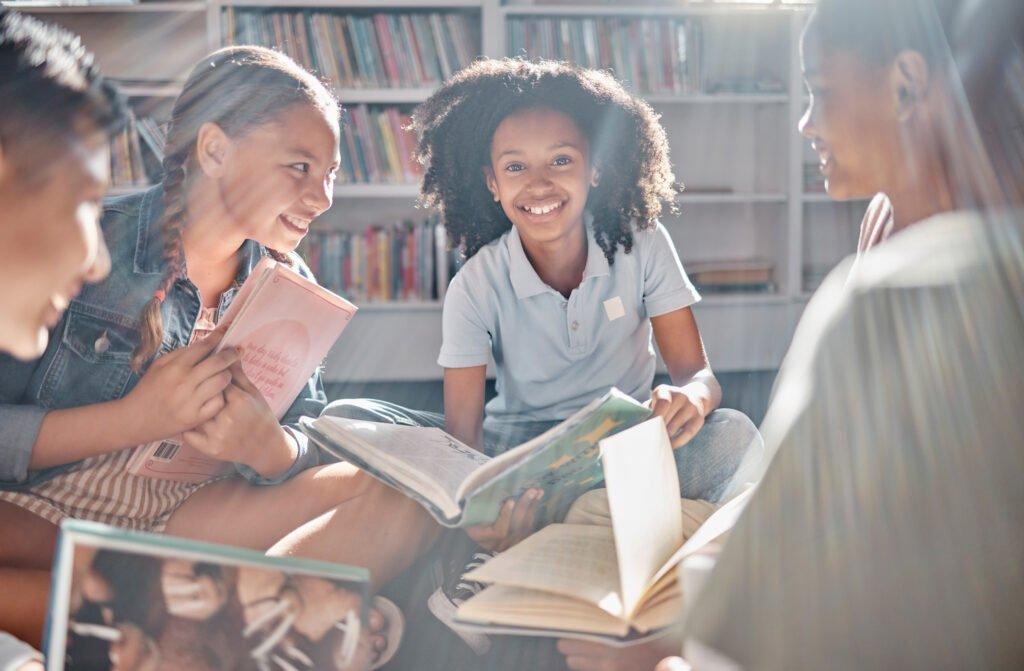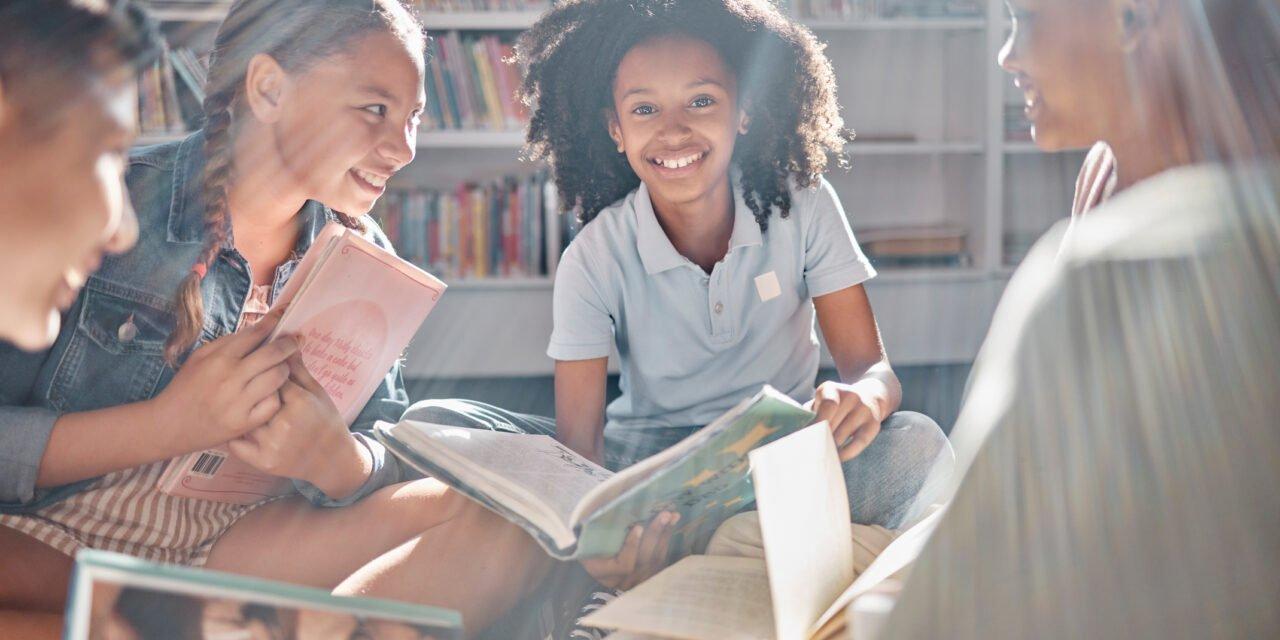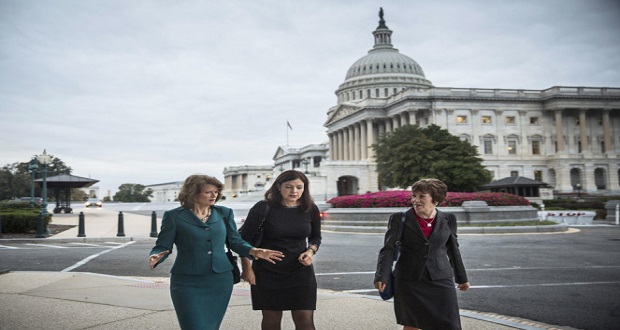
I began my professional career as a middle school teacher in Washington, D.C., teaching sixth, seventh, and eighth grades in a public school in a low-income neighborhood. While in graduate school, I studied the ins and outs of the public education system with a particular focus on urban schooling. Though my student teaching experience was in a rural Georgia high school, I figured that teaching in D.C. couldn’t be that much different — kids are kids, after all, and good teaching is good teaching.
That may seem naïve in retrospect, and it was certainly reductive. As any teacher can tell you, every child has different needs, motivations, interests, learning levels, emotional intelligence, and maturity. They have different life experiences, worldviews, cultural norms, and home environments.
Nonetheless, nearly 20 years later, I still believe it to be fundamentally true: Kids are kids and good teaching is good teaching.
The nuance is in what that means for individual children in individual teachers’ classrooms. That is, knowing and responding to one’s specific students and what specifically constitutes good teaching for them is what turns boilerplate, static lesson plans into dynamic, engaging, differentiated learning. This takes time, autonomy, and administrative support.
I learned within the first few weeks of my first year that what I had practiced and planned wasn’t serving me or my students. My students faced obstacles and headwinds that I, having grown up a white boy in a middle-class Cincinnati suburb, had no exposure to, let alone experience with. It took me nearly a full year to get to know them, both as individuals and as learners.
The beginning of my second year of teaching went far better than my first. As we wrapped up in June, I asked my students what they wanted to do for class next year. I gave them two options: We could read books and stories together and discuss them as a class, similar to how we did things the first year together; or we could try a reading and writing workshop model, wherein they would read whatever they wanted to read from our (then nonexistent) classroom library and write about what interested them. They overwhelmingly chose the reading and writing workshop. This was a low-income school in a low-income neighborhood with most of my students reading well below grade level, and most of whom had never read a full book in their lives. Nonetheless, we gave it a shot.
Over the summer, through generous donations, I was able to put together a robust classroom library with over 200 books across various reading levels, curated to suit my students’ tastes and interests. It was pure joy watching them walk into the classroom and see the shelves packed with vibrantly colored books that were accessible, interesting, and theirs. It was endlessly rewarding to have my fellow teachers complain to me that our students were spending too much time reading their books in other classes. It was genuinely profound to see my classroom break into impromptu book clubs every day after school as they shared their books with one another.
I talked about this with my friend back home in the Midwest. She loved the idea and implemented it in her own class in a high-performing, high-income middle school. She’s still using this approach with great success today, cultivating class after class of engaged, proficient readers with deep critical thinking skills.
My students, on the other hand, only got to experience this magic — the true, captivating magic of reading — for five weeks. After that, due to a combination of staffing shortages and pressure to prepare students for their end-of-year standardized tests (a requirement from the No Child Left Behind Act), I was forced to abandon the workshop model.
Instead, we were instructed to spend nearly half of our 90-minute class time teaching test-taking skills and taking practice tests. While I vehemently disagreed with the decision, I did sympathize with it: Our school needed to raise its test scores and the administration felt it couldn’t afford the risk of this outside-the-box approach, especially not from a new, inexperienced teacher. But it probably goes without saying that this new structure got a much colder reception from the students.
The high-performing, well-funded, well-staffed school in the wealthy area was, and is, able to provide its students with a rich, engaging education experience. The students in the low-performing, poorly funded, understaffed school in a low-income neighborhood, on the other hand, were deprived of that experience due to the pressure of reaching an unattainable goal.
The achievement gap persists because of dynamics just like this one that play out in school districts across the country every year.
Today, students and teachers alike are faced with a wider, deeper, and more firmly entrenched set of problems than I was in the early 2000s. They must contend with school-based gun violence, mental health issues, the dizzyingly toxic effects of social media, increased behavior problems, decreased autonomy, ever-increasing restrictions handed down from politicians on what can and cannot be taught, and a plethora of other obstacles. And yet, with the 2024 election less than three weeks away, we’ve heard nary a word about education.
On a national level, we’ll be electing a president, deciding the fate and balance of the U.S. Senate, and shuffling any number of representatives in and out. We’ve fretted about age and cognitive decline, discussed the tragic conflict in the Middle East, weathered two assassination attempts, heard lies about immigrants eating pets, written and read pages of digital ink on scores of economic proposals that are mostly implausible, impractical, and ill-advised. Even in an election season that’s been light on policies and specifics, at this point we have a solid understanding of where candidates stand on most issues.
Education, though, is an exception. Aside from vague notions of “strengthening public education” on one side and a proposal to abolish the Department of Education on the other, we have heard little to nothing about how the two major candidates and their parties will affect policies on education.
To be clear, the stakes for education in this election are high. Beyond the presidential election, there are numerous state races and countless local ballot initiatives that will influence the type and quality of education that students receive, as well as the environment in which teachers will be expected to perform their jobs. There are clear and impactful policy differences between national, state, and local candidates — we’re just not hearing about them.
In a stark break from the elections of the past few decades, we appear to be distressingly unconcerned with the way our country’s students will spend eight hours a day, five days a week, for the better part of their childhood. After a recent string of flashy but failed education initiatives — George W. Bush’s No Child Left Behind and Barack Obama’s Race to the Top, for example, were both ambitious programs with lofty goals that proved to be, at best, ineffective — perhaps politicians have thought better of pitching voters on a complete overhaul of America’s public education system. Instead of taking lessons from these past failures, then, and striving to develop a robust, if less glitzy, plan that works for all children without putting undue stress on our teachers or our national deficit, candidates have left those of us who prioritize education policy with table scraps — giving only the barest lip service to important issues that affect all school-aged children in our country.
This, while our country’s students are caught in a tug-of-war between grandstanding politicians fighting culture wars, seeing beloved books banned from their shelves, suffering from an absenteeism crisis, and navigating more disruptive behaviors in the classroom, all while still trying to recover from pandemic-era learning loss.
This, while media literacy is critically undertaught at a time when disinformation is rampant and public polling indicates that many voters are eschewing facts and fact-based reporting altogether — instead forming their viewpoints based on misinformation and echo-chamber confirmation bias.
This, all while the teaching profession is plagued by low morale, low prestige, low interest from college graduates, and high levels of attrition.
It was after about the 128th time that I had to deflect when asked, “Mr. Ferry, why can’t we go back to reading our books?” that I realized that teaching wasn’t for me. I loved my students, and I loved our school. I wanted to stay there, but to do so meant teaching in a way that was joyless and ineffective for all of us. Perhaps I was wrong to leave the profession, but I know that my decision wasn’t exactly rare — the attrition rate has been around 8% for the last decade, with teacher resignations in particular rising sharply since 2019. Even those who stay are feeling the effects of burnout more acutely. Not unlike the rise in absenteeism in students, teachers too are missing more days of school.
It’s unrealistic to expect education to be suddenly thrust front-and-center in this election year’s discourse. Being ignored, however, is not the same thing as being insignificant. The challenges that students and teachers face are many, and they are daunting. But they are not impossible to overcome, so long as we demand real, long-term solutions.
From local school board elections to the presidential contest, voters this year have a veritable bounty of opportunities to exercise their power and help shape what education looks like in their neighborhoods, cities, states, and country. Now is the time to research those ballot initiatives, to attend those final candidate town halls and ask those tough questions, to cast a vote that supports our nation’s teachers and all our students, across all dimensions of diversity. And, in the meantime, to donate to a teacher trying their best to make magic for their students.



















